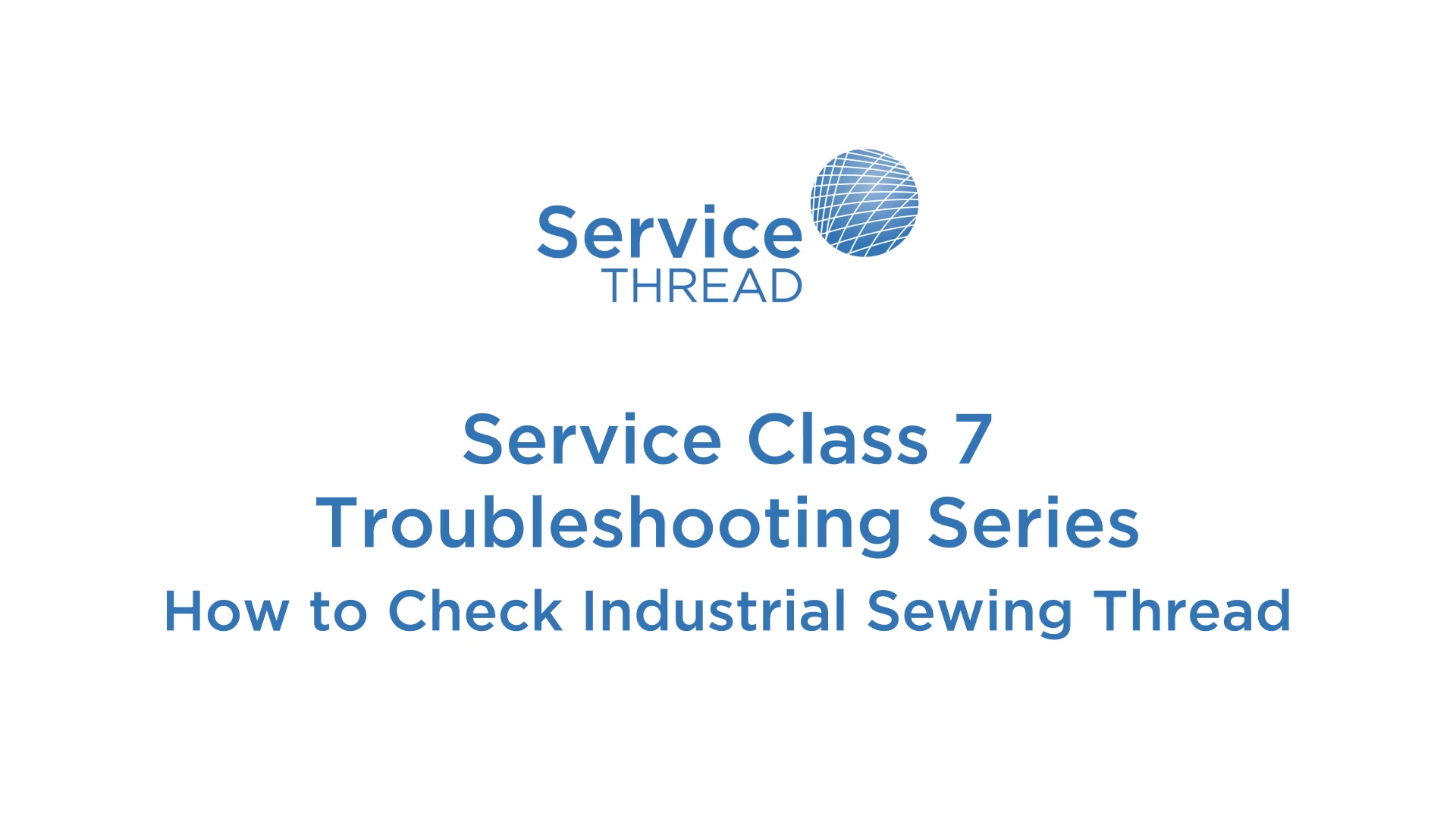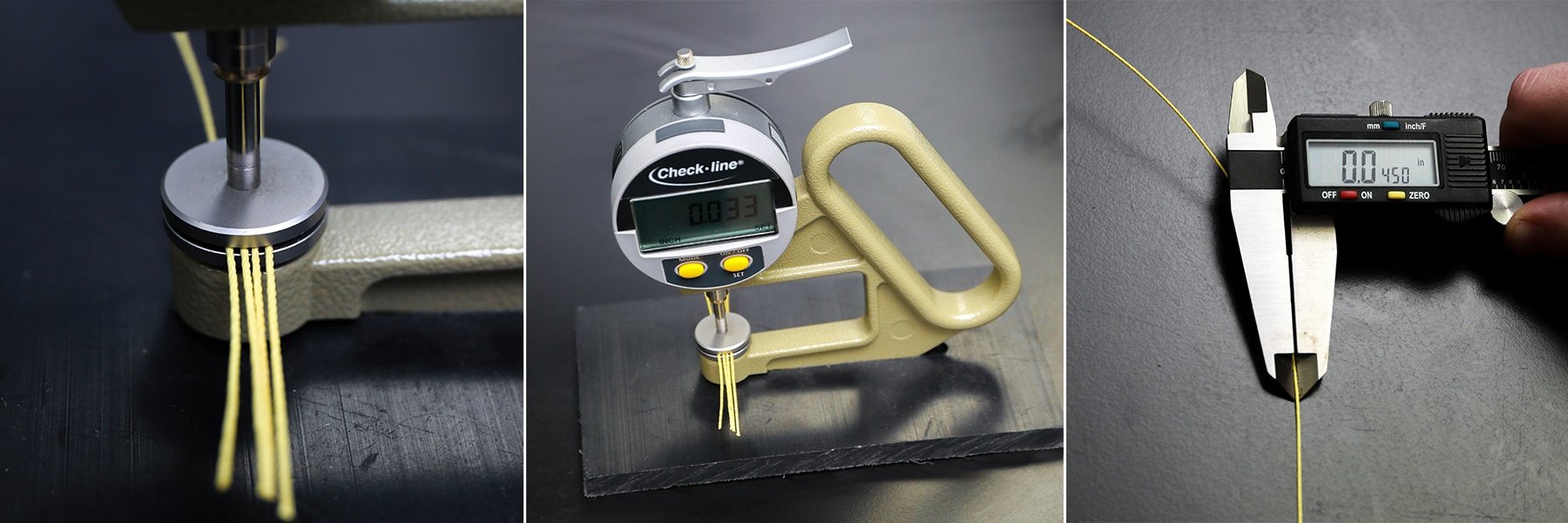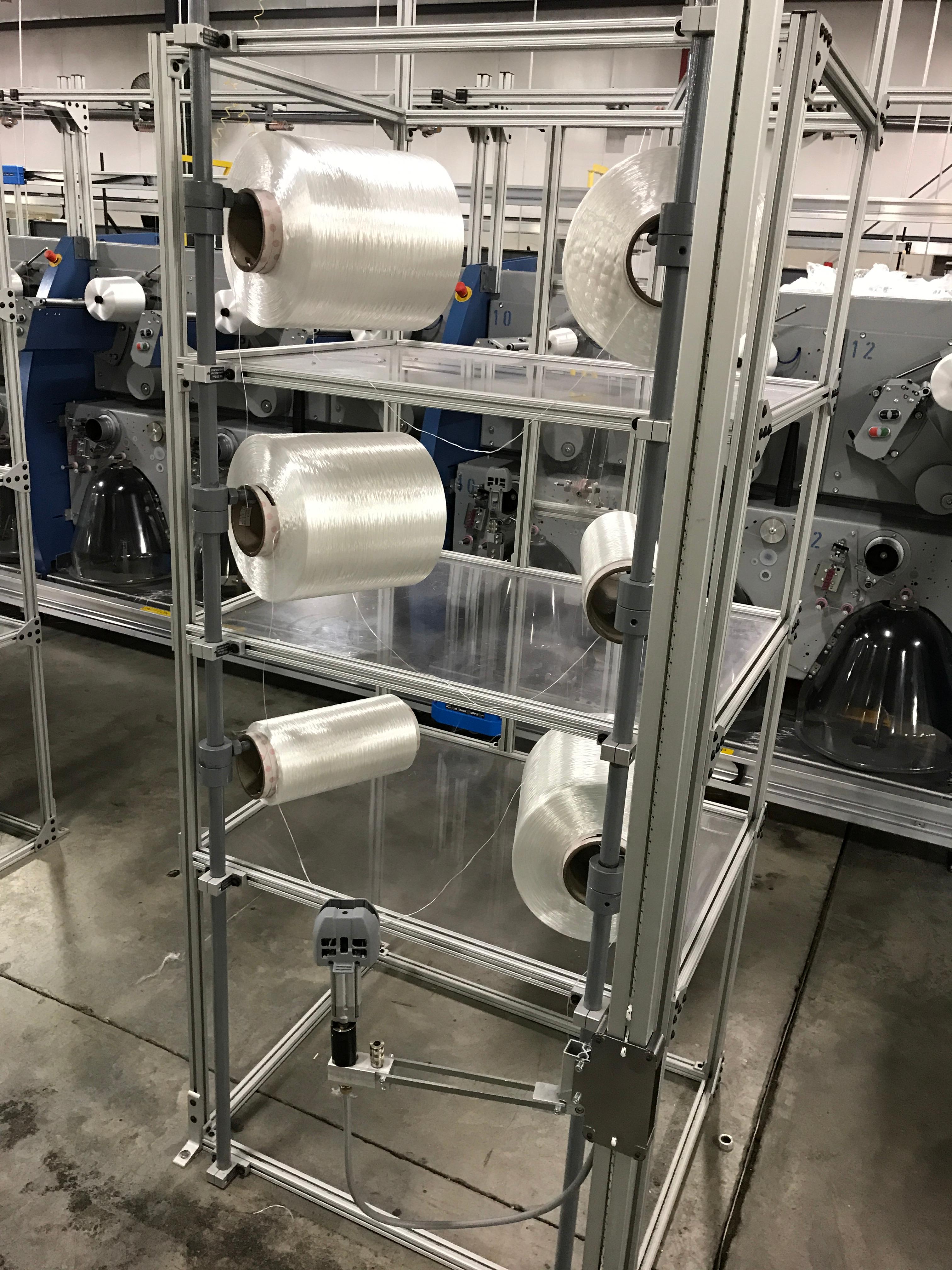Checking your sewing thread regularly is the best way to prevent wearing and shedding that can harm your sewing process.
In this video, Service Thread Sewing Sales and Tech Support Manager Dane Hatcher demonstrates how to check your thread for UV damage, look for bond separation, examine the twist level, check the bobbin tack, and make sure you have enough lube in the top thread.
Read more



